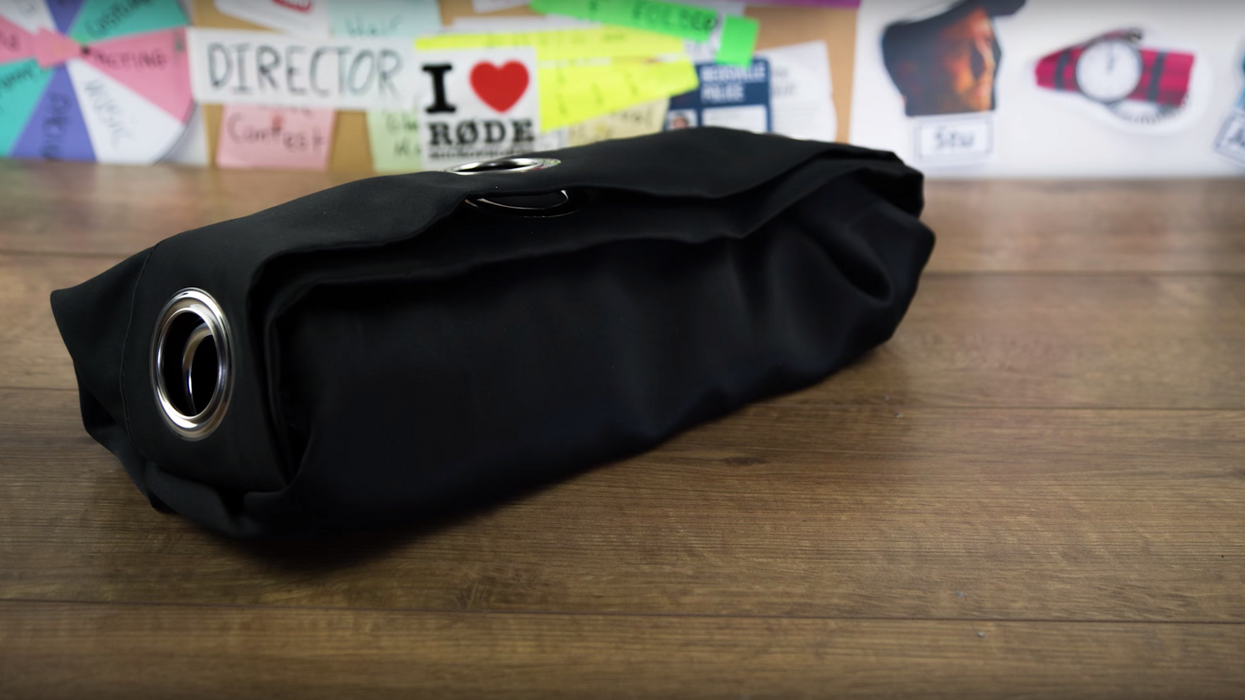10 Ways You Can Put Blackout Curtains to Work on Your Film
Need to block light? Want to create a more soundproof recording environment? Then you need to get some blackout curtains.

No one likes a one-trick pony, especially when it doesn't come cheap. When you find an inexpensive piece of filmmaking gear that can be used for more than one thing, consider that a major come up, you guys.
That's why you should definitely consider getting your hands on some blackout curtains. They cost very little and can help you do so many important production jobs, from shaping/flagging light, reducing noise pollution, and even protecting your gear from the elements.
The team over at The Film Look shares 10 ways you can use blackout curtains to make your life on set (and off) a little easier. As an added bonus, they also show you how to roll them up like a burrito for easy storage and extra functionality.
Blackout curtains certainly have a primary use in filmmaking, which is to block out light. Throw one of those babies over a window or door and you've successfully punked the sun.
However, filmmakers have found a ton of different ways to put these things to work on their film sets, many of which The Film Look talk about in the video. You can use them:
- To black out windows
- To block light from open spaces
- To cover up backgrounds
- As curtain props
- To build a set
- To create negative fill
- To make a space more soundproof
- To protect your gear from weather (rain, dust, dirt)
- To kneel on while shooting
- To rest your precious head on when taking an on-set nap. (a.k.a. a "snap")
Now, what kinds of blackout curtains should you get? Well, I guess the answer to that question is "the ones that work." You can them at pretty much any store that sells home goods (Target, Walmart, Bubba's Bed and Bath Bargain Barn) and they won't cost you more than $20 for a single 5' long panel. Granted, if you're wanting to black out larger spaces, you might need something bigger. Also, since you may be using these things around hot lights and equipment, make sure that you're aware of whether or not the material is fire-retardant. Safety is cool, gang!
How do you put your blackout curtains to use on your projects? Let us know down in the comments.
Source: The Film Look











